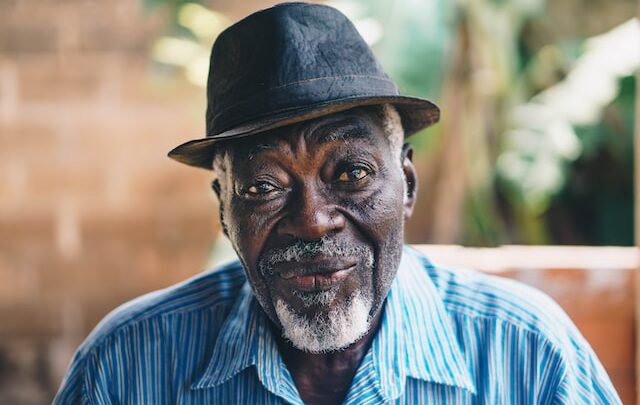Tikar people in Cameroon: History, Language, Culture, Religion & Economy

The Tikar people is a term utilized for a few ethnic groups in Cameroon. It has been utilized generally for various people groups and their way of life.
There is a single ethnic group called the Tikar who live in on the Tikar Plain in Adamawa Region. They communicate in a Bantoid language called Tikar. Their populace is around 25,000. The Bedzan dwarfs (who likewise live on the Tikar Plain) share their language. The primary Tikar towns are Bankim, Ngambe Tikar, and Magba.
The Tikar people live basically in the northwestern piece of the country, in the Northwest Province close to the Nigerian boundary. In the Bamenda Grassfields, the people who claim Tikar origin incorporate Nso, Kom, Bum,Bafut, Oku, Mbiame, Wiya, Tang, War, Mbot, Mbem, Fungom, Weh, Mmen, Bamunka, Babungo, Bamessi, Bamessing, Bambalang, Bamali, Bafanji, Baba (Papiakum), Bangola, Big Babanki, Babanki Tungo, Nkwen, Bambili and Bambui.
Language
The Tikar people communicate in Bantoid language, likewise called Tikar. Tikar is a Bantoid language spoken in Cameroon by the Bankim, Ngambe, and related Tikar people groups, as well as by the Bedzan Pygmies. Quail (2011) states that the little proof accessible proposes that it is most firmly connected with the Mambiloid and Dakoid languages.Variants of the name are Tikali, Tikar-East, Tikari, Tingkala. A Bandobo assortment (Ndobo, Ndob, Ndome) might be a different language. Less dissimilar lingos are Twumwu (Tumu) in Bankim, Tige in Ngambe, Nditam, Kong, Mankim, Gambai, and Bedzan.
History/Origin of the Tikar people
The Tikar people originated from north-eastern Cameroon, around the Adamawa and Lake Chad regions(present-day Adamawa, North, and Far-North Provinces). Tikar relocation southwards and westwards most likely heightened with the raid for slaves by attacking Fulani from Northern Nigeria in the eighteenth and nineteenth hundred years.
The pressure of attack by the Fulani herdsmen surely occasioned the developments that drove the Tikar to their ongoing areas in the Western Grassfields.
In the Bamenda Grassfields, the people who claim Tikar origins are Nso, Kom, Bum,Bafut, Oku, Mbiame, Wiya, Tang, War, Mbot, Mbem, Fungom, Weh, Mmen, Bamunka, Babungo, Bamessi, Bamessing, Bambalang, Bamali, Bafanji, Baba (Papiakum), Bangola, Big Babanki, Babanki Tungo, Nkwen, Bambili and Bambui.
Also Read: Traditional African Sports that Survived Colonialism
Culture
The Tikar people have components of matrilineal and patrilineal descent. Their society conviction expresses that during pregnancy the blood that the lady would ordinarily deliver during the feminine cycle structures portions of the embryo. This blood is said to shape the skin, blood, tissue, and a large portion of the organs. The bones, mind, heart, and teeth are accepted to be framed from the dad’s sperm. On account of a child, manliness likewise comes from this. The major religion of the Tikar public is Islam.
Around 65% of the populace is Islam with another 20% asserting Christianity. Generally, rural individuals, their primary harvests are cocoa, espresso, bananas, plantains, sugar sticks, and cassava, among numerous others.
The History of the Masks of the Tikar people
The Tikar people have zeroed in on training for ages. Instructors educated young men in professional abilities which included craft making, woodcarving, mask cutting, and making bronze figures. They fostered a course of utilizing hot wax and bronze to make masks and sculptures to be utilized during farming functions and celebrations.
The Tikar masks are initially used to celebrate agricultural celebrations with plentiful harvest bringing about much bigger, more intricate festivals. Facilitating a regarded/honored visitor was likewise a cause for festivity as these incredibly political individuals were insightful to approach unfamiliar dignitaries with respect. During these festivals, palm wine, billet brew, and carbonated drinks are served alongside a chicken, goat, steer, or sheep.





